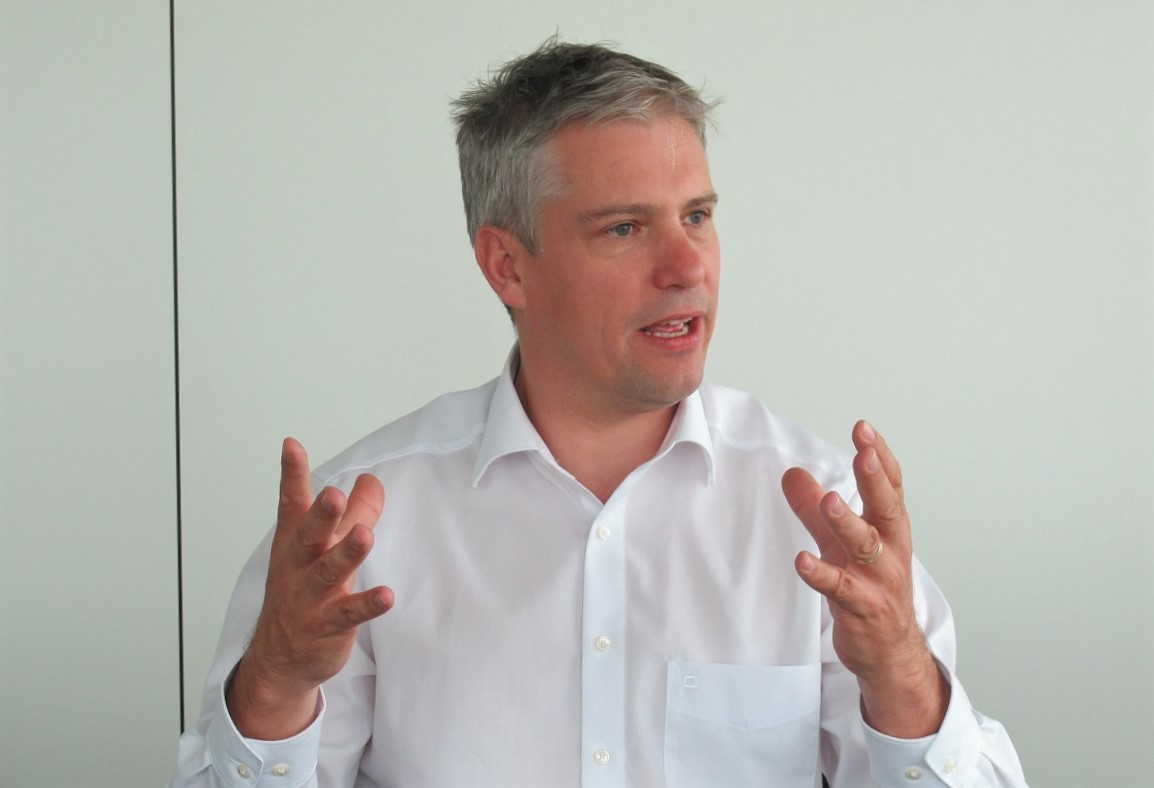Why did Belnet decide to start a service improvement programme?
Dirk Haex: “In the summer of 2016, we were confronted with a bug following the renewal of the Belnet network. In cooperation with the vendor, we carried out a number of workarounds to bypass the bug. But we noticed that these workarounds increased the convergence and recovery times of our network. The Belnet network proved to be less able to switch to plan B in the event of an incident.
This was the reason for setting up a service improvement programme. As the first pillar of this programme, we decided to carry out a redesign of the network, a project that was started with the highest priority in 2017.
The redesign fits perfectly within our strategic ‘operational excellence’ objective: Belnet strives for a quality service that is trusted by our affiliated institutions.”
What did Belnet want to achieve with the redesign of its network?
Dirk Haex: “We wanted to ensure that the network was once again very stable, efficient, reliable, and of the highest quality. This way, we can also guarantee the different Service Levels for our network services.”
How did you do it?
Dirk Haex: “Our network specialists have worked out eight scenarios in detail, each of which was subjected to a SWOT analysis. In the end, one scenario was chosen that our engineers sketched out at the high and low levels. This was followed by an intensive testing and validation phase. For example, the interaction with the IP network had to be extensively tested.
Before we went into production, our technical teams and our Service Desk followed a tailor-made training course. The actual redesign took place in phases according to our change management processes. In addition, the entire project was carried out according to Belnet’s project management principles.”

“Thanks to the redesign, the Belnet network is more readable, more stable, and more reliable.”
Dirk Haex, Belnet technical director
What are the results?
Dirk Haex: “Most of the project has now been completed. This means that our customers can already see an improvement in terms of stability and redundancy. We have again achieved very fast recovery and convergence times so that an incident on a fibreoptic or network component is not noticed by our customers.
We will make a few additional improvements in the final phase of the project. The external connectivity, for example, will be even better distributed across the network.
An additional advantage of the redesign is that we are better prepared to respond to our customers’ increased capacity needs.”
Are there any other initiatives within the service improvement programme?
Dirk Haex: “At the beginning of 2018, we started a project to completely renew our monitoring system. We’ve always outsourced our monitoring tool to an external partner in the past. We wanted to insource this moving forward to improve the accuracy of our monitoring, to detect problems more quickly, and to be able to locate them more precisely.
So, the aim of the project was to develop an integrated, fully redundant, and robust monitoring platform that Belnet would fully manage and control.
The new platform has been in production since mid-March, both internally and at our Service Desk. We can now measure all our CIs (configuration items) in a very sophisticated way. Each chip, power supply, interface, etc. of the Belnet infrastructure is closely monitored on a single platform. We have introduced more automation to reduce human error and better correlation to identify the source of an incident more quickly. This allows us to significantly reduce our resolution lead times in the event of network problems.
In addition, we linked a roadmap to the monitoring platform so that we can act even more proactively in the future. The intention is for us to be able to intervene before our customers notice anything.”
“Our monitoring platform is not a static tool; it will allow us to react even more proactively to incidents in the long run.”
Dirk Haex, Belnet technical director

What if an incident still occurs after all this?
Dirk Haex: “Thanks to our 24/7 Service Desk and NOC, we can intervene quickly. In addition to the existing on-call duty in our network team, we also recently added a 24/7 Incident Manager to our ITSM team. This allows the technical teams to focus even more on resolving the incident. Thanks to our status page, we can now also communicate more quickly in the event of incidents.”
Is the service improvement programme finished?
Dirk Haex: “Certainly not. Operational excellence is one of the building blocks of our long-term strategy. In the future, we will launch numerous new projects to achieve this objective. We also want to communicate this very transparently to the Belnet community.”
Do you have any questions or would you like more information on these projects?